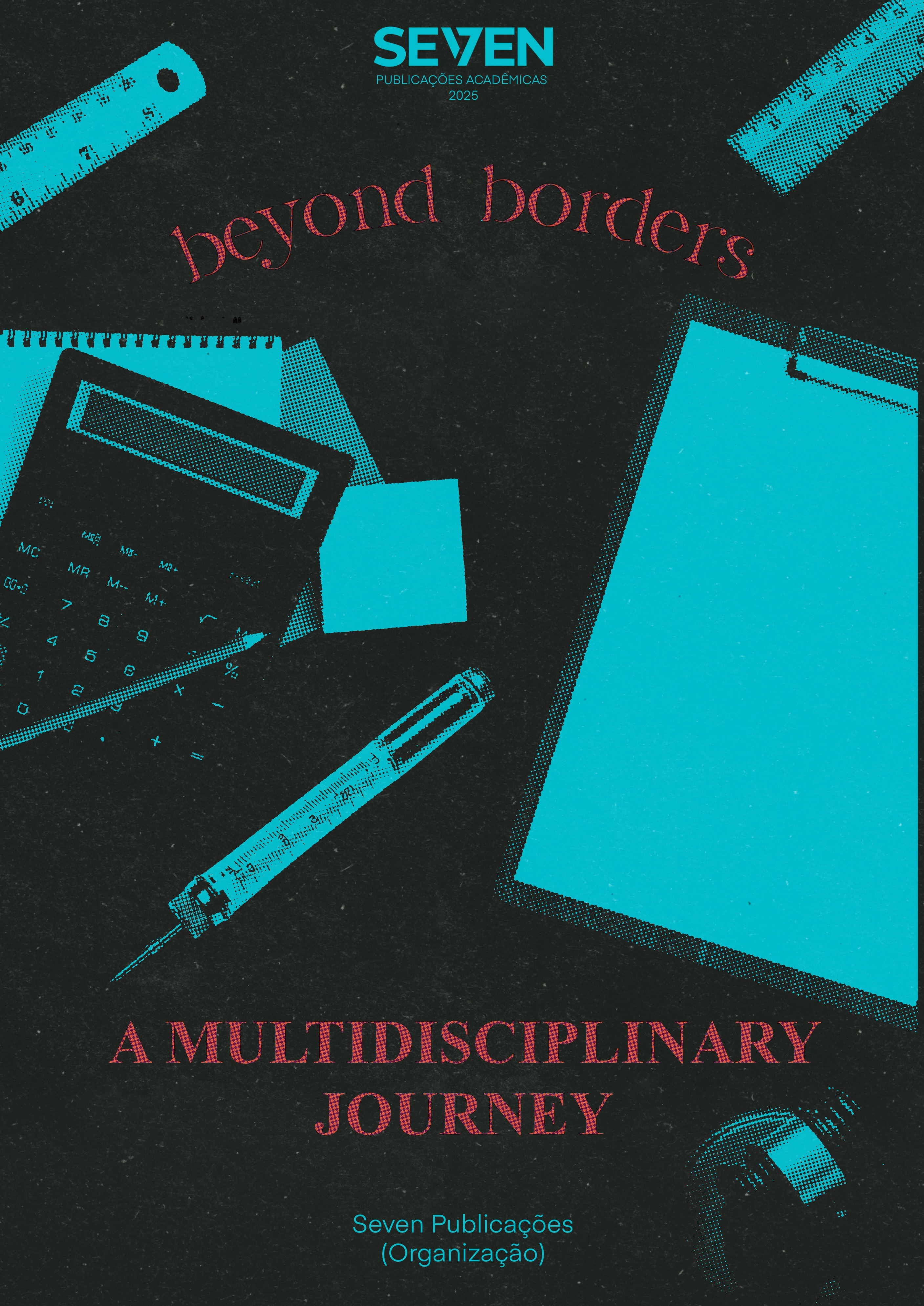PROFILE OF INSTITUTIONALIZED OLDER ADULTS AND PREVALENCE OF MEDICATION USE
Keywords:
Polypharmacy, Elderly, Long-Term Care Institution for the ElderlyAbstract
Human aging occurs naturally and progressively and causes biological, mental and social changes in the elderly, directly affecting their health. Among the problems that can occur in the long-lived, the emergence of chronic non-communicable diseases stands out, which require the use of various medications and constant medical monitoring. These factors contribute to the decrease in the autonomy and independence of the long-lived. The objectives of this study were to determine the sociodemographic and institutionalization characteristics of the elderly living in a Long-Term Care Institution for the Elderly, to verify the medications used, and to identify the presence of polypharmacy. This is a retrospective, descriptive, cross-sectional study, with data from the medical records of elderly people institutionalized in a Long-Term Care Institution for the Elderly (LTCF), located in the city of Fortaleza/CE. The information was submitted to statistical analysis using the Microsoft Excel 2020® program and the work was approved by the Research Ethics Committee of the Federal University of Ceará with the opinion number 6.561.475. As a result, a sample composed entirely of women was obtained, with the age group between 80 and 89 years being the most recurrent. Most of the residents were single, white, had incomplete elementary school, came from the interior of the state, had some type of physical limitation and had no history of hospitalization in the last 2 years. They were institutionalized for a period of 1 to 5 years, had a source of income from retirement and for 41% of the residents, the main reason for institutionalization was the absence of close family members. Regarding comorbidities, the most prevalent were hypertension and diabetes mellitus. Polypharmacy was present in most medical records, with losartan, simvastatin, metformin and quetiapine being the most commonly used drugs by long-lived patients. The establishment of the profile of the elderly women and the knowledge of the prevalence of the most commonly used drugs in LTCFs was important, and these data can serve as a basis for the most appropriate planning of drug therapy.
Downloads
Published
Issue
Section
License
Copyright (c) 2025 Alcínia Braga de Lima Arruda, Rebeca Sousa Lima, Ligiane dos Santos Rocha, Isabelle de Fátima Vieira Camelo Maia, Amanda Aparecida de Lima Arruda

This work is licensed under a Creative Commons Attribution-NonCommercial 4.0 International License.





